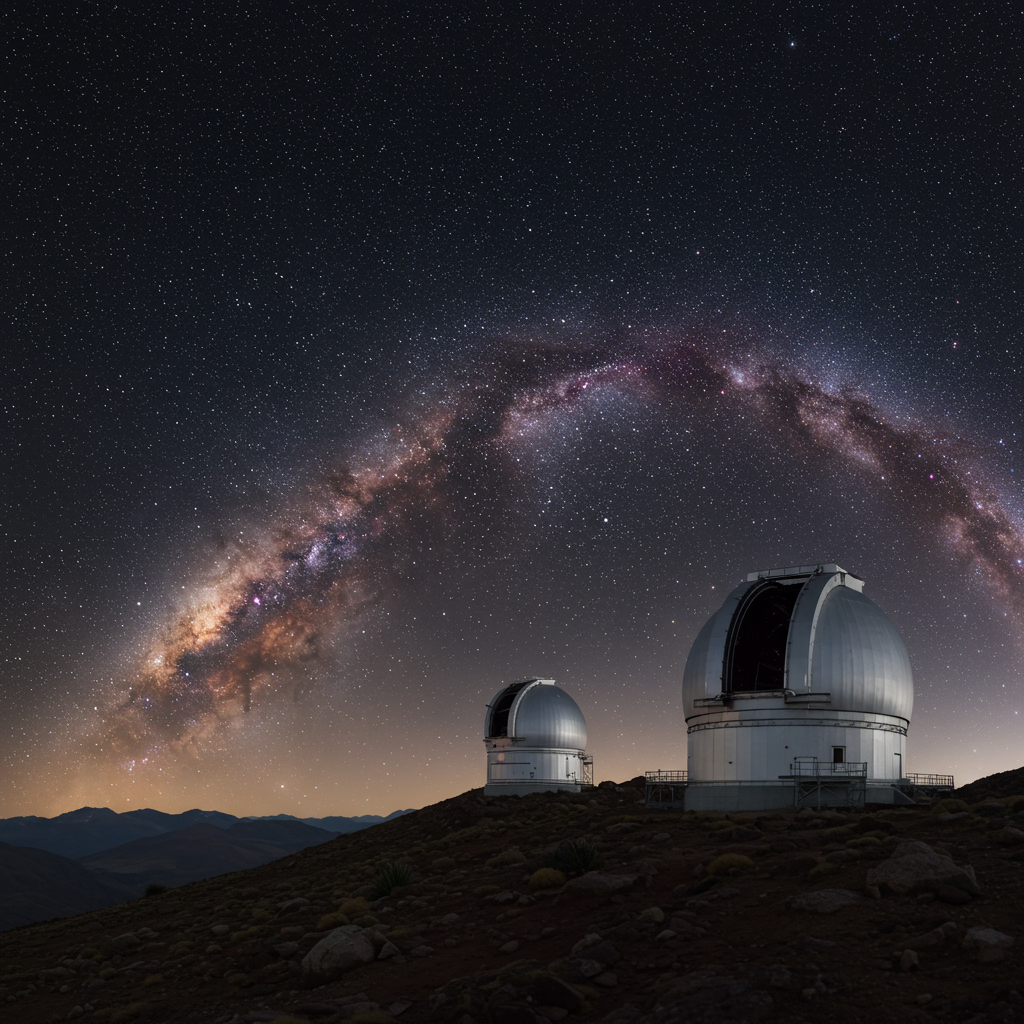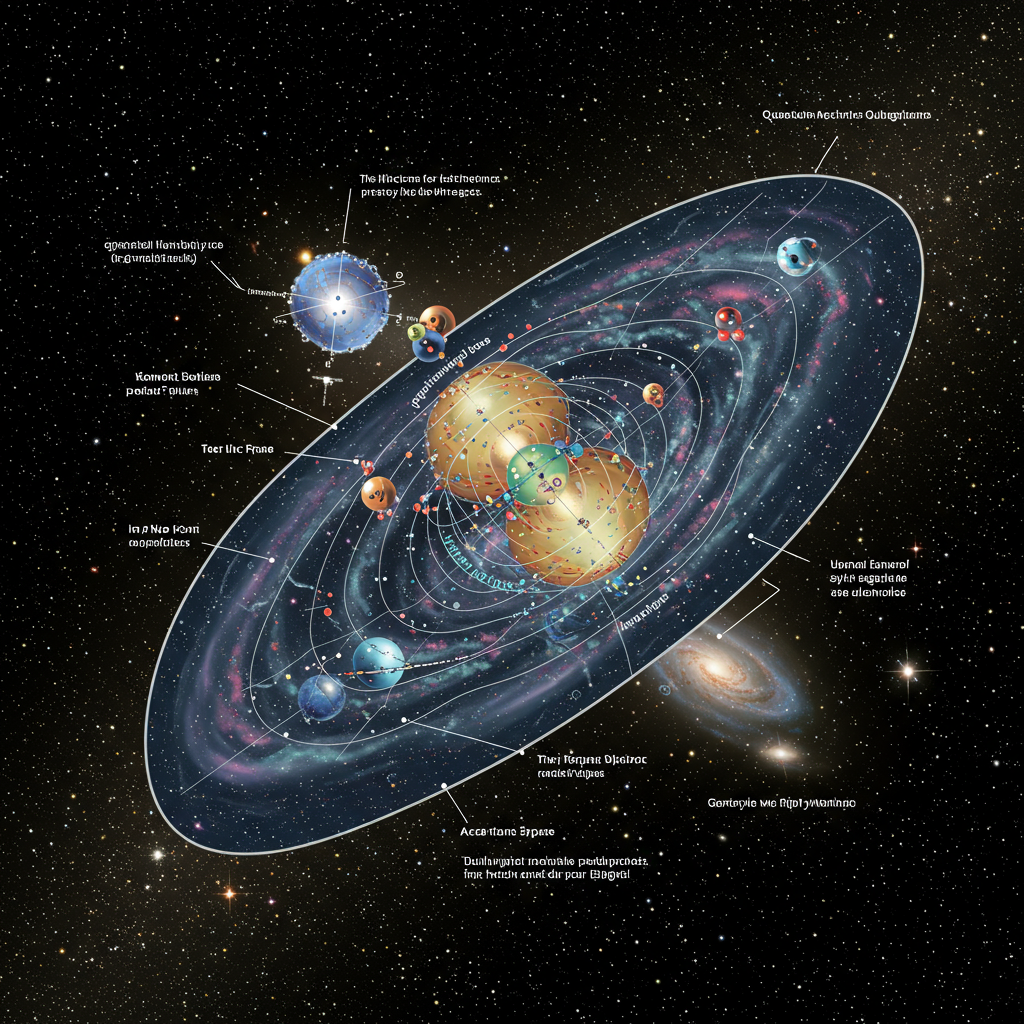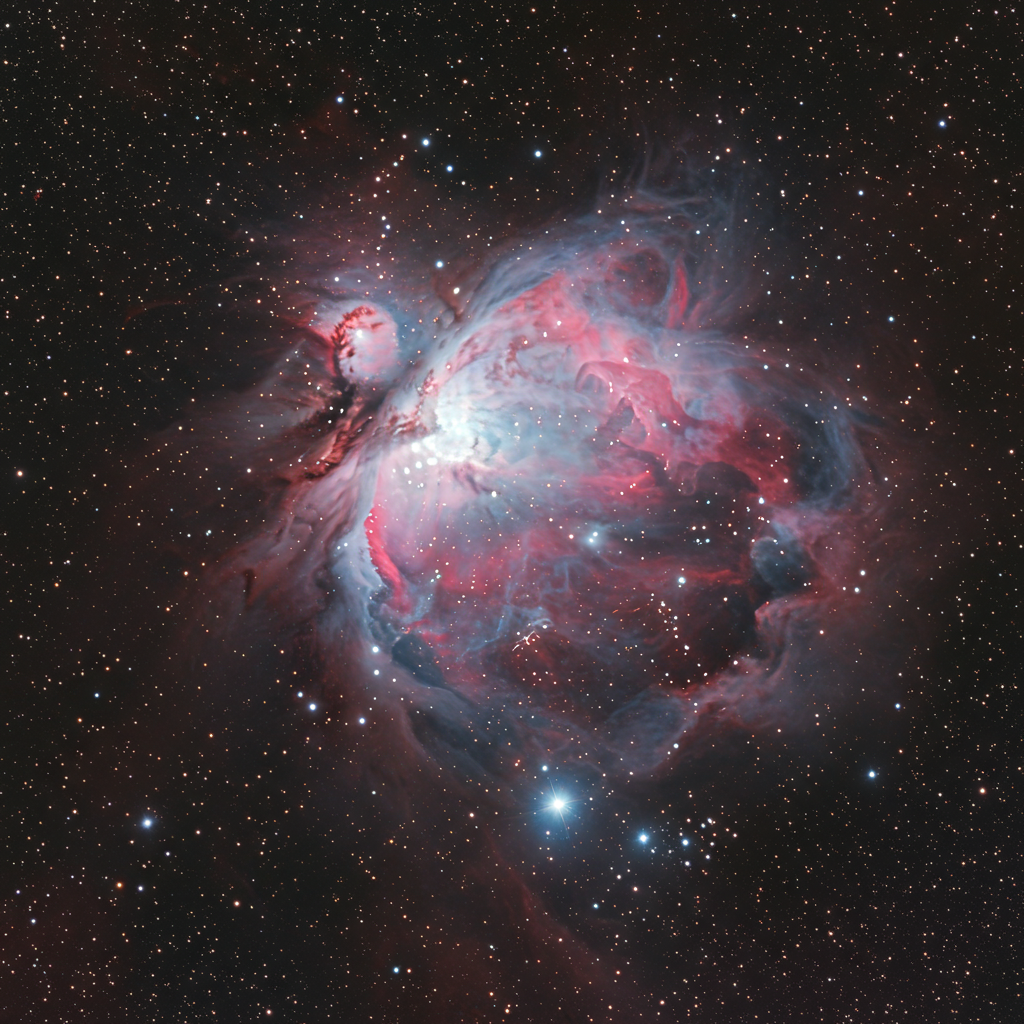A rare cosmic traveler from beyond our solar system has just been confirmed, marking only the third time in history astronomers have definitively spotted an object originating from another star. Provisionally known as A11pl3Z during its initial detection phase, this fascinating newcomer has now received its official interstellar designation: 3I/atlas, also cataloged as C/2025 N1. Its swift passage through our cosmic neighborhood offers an unprecedented opportunity to study material from a distant star system.
The discovery of 3I/ATLAS is sending waves of excitement through the global astronomical community. Professional observatories and amateur skygazers alike are racing to train their telescopes on the object. Gathering as much data as possible during its brief visit is crucial. This intensive observation effort aims to refine trajectory models and confirm its unique properties. The information collected could provide valuable insights into the composition of planetary systems far beyond our own.
How Was This Interstellar Visitor Discovered?
The initial detection of 3I/ATLAS can be credited to the Asteroid Terrestrial-impact Last Alert System (ATLAS). This network of telescopes, located in Hawaii, South Africa, and Chile, scans the sky specifically for moving objects. ATLAS first picked up signs of this object between June 25 and June 29. Subsequent analysis of earlier ATLAS data revealed images of the object dating back even further, to June 14.
Confirmation followed rapidly. NASA’s Center for Near Earth Object Studies and the International Astronomical Union’s Minor Planet Center (MPC) verified the discovery by July 1. The MPC officially confirmed its interstellar nature on July 2, 2025, bestowing the ‘I’ designation that denotes a visitor from another star system. Contributions from dedicated amateur astronomers, such as those participating in surveys like the Deep Random Survey in Chile, were also vital in finding early observations. This collaborative effort between professional and amateur astronomers highlights the power of shared observation in modern space science.
Journey Through Our Solar System
What immediately stood out about this object was its incredible speed and hyperbolic trajectory. Unlike objects born within our sun’s gravity well, which follow elliptical orbits, 3I/ATLAS is moving on a path that clearly indicates it did not originate here. Its high speed suggests it has sufficient momentum to enter, pass through, and eventually exit our solar system permanently, unaffected by the Sun’s gravitational pull in the long term.
Calculations based on initial observations show an extremely high eccentricity of roughly 10.4. This figure leaves virtually no doubt about its non-solar system origin. It is currently traveling at a breathtaking speed of approximately 152,000 miles per hour (245,000 kilometers per hour). As it gets closer to the Sun, it is expected to accelerate further, potentially reaching record velocities for an interstellar object near its closest point to the Sun.
Anticipated Trajectory and Closest Approaches
Astronomers have mapped out the expected path of 3I/ATLAS. It is currently approaching the inner solar system, seemingly coming from the direction of the Milky Way’s galactic bar or thin disk.
Here are some key points in its journey:
October 2025: The object is projected to pass relatively close to Mars. Estimates place this closest approach at around 0.4 astronomical units (AU). One AU is the average distance between the Earth and the Sun. This close pass might even make it observable by spacecraft orbiting the Red Planet, like NASA’s Mars Reconnaissance Orbiter.
October 2025: It will reach its closest point to the Sun, known as perihelion. This is anticipated to occur around October 23rd or 29th, at a distance of approximately 2 AU. This means it will be about twice as far from the Sun as Earth is.
- December 2025: The object is expected to make its closest approach to Earth as it travels back out of the solar system. While exact distances vary slightly depending on the source, all analyses confirm there is absolutely no risk of impact with our planet. Earth will be safely distant during its passage.
- www.livescience.com
- www.newscientist.com
- gizmodo.com
- earthsky.org
- dailygalaxy.com
Following its perihelion pass, 3I/ATLAS will swing away from the Sun. Its immense speed will carry it back out into interstellar space, never to return. Scientists estimate it will likely remain observable with powerful telescopes roughly until the end of the year.
What We Know So Far: Size and Nature
Based on the observations gathered so far, scientists are piecing together what kind of object 3I/ATLAS might be. Early data suggests it is a dim object. Estimates for its size place its diameter up to around 12 miles (20 kilometers). This makes it potentially quite large compared to some asteroids we track within our own system.
While initial reports considered it potentially either a large asteroid or a comet, newer observations strongly favor a cometary nature. Tentative reports mention a marginal coma and a short 3-arcsecond tail. These features are telltale signs of ice sublimating from the object’s surface as it warms near the Sun, characteristic of a comet. Official confirmation of its classification will come as more detailed spectral analysis is performed.
The Significance of a Third Interstellar Visitor
Before 3I/ATLAS, only two other confirmed interstellar objects had ever been detected passing through our solar system. The first was ‘Oumuamua, spotted in 2017. ‘Oumuamua was a small, unusually elongated object whose exact nature is still debated by some scientists. Its strange acceleration sparked brief, widely debunked speculation about artificial origins from some corners.
The second visitor was Comet 2I/Borisov, seen in 2019. Unlike ‘Oumuamua, Borisov was clearly a comet, displaying a distinct coma and tail. A key difference was that Borisov was discovered earlier in its trajectory towards the Sun. This allowed astronomers more time for observation compared to the fleeting glimpse they got of ‘Oumuamua, which was spotted just days after its closest approach to Earth.
The discovery of 3I/ATLAS provides a crucial third data point. Each interstellar visitor offers astronomers a rare ‘free sample’ of material from another star system. Studying their composition, structure, and behavior can provide invaluable insights into the physical and chemical conditions prevalent in distant parts of the galaxy. It helps us understand the processes of star and planetary formation beyond our immediate cosmic neighborhood. The fact that we are now seeing a third object supports the scientific expectation that many such objects likely pass through our system unnoticed.
Observation Efforts and Challenges
The rapid passage of 3I/ATLAS presents a significant challenge for detailed study. As Mark Norris at the University of Central Lancashire notes, these objects “whip through the solar system at ridiculous speeds,” making them “really fleeting.” This severely restricts the window for learning about them using current observation methods.
Fortunately, having been detected on its inward journey towards the Sun, astronomers will have more time to observe 3I/ATLAS compared to ‘Oumuamua. Intensive observation campaigns are already underway. Scientists are relying on existing ground-based telescopes and spectrometers to examine the object from afar. Spectrometers analyze the light reflected or emitted by the object, revealing clues about its chemical composition.
Technological advancements since the sightings of previous interstellar objects are also promising. The Vera C. Rubin Observatory, which has recently commenced operations, is particularly adept at discovering and tracking faint, moving objects. The powerful James Webb Space Telescope could potentially be used to search for specific spectral signatures or even subtle signs of “non-gravitational acceleration,” as suggested by astronomer Avi Loeb, although this remains a highly debated concept related to searching for potential artificial probes. The European Space Agency (ESA) has also confirmed its involvement, with their “Planetary Defenders” team observing the object using telescopes worldwide.
The extreme speed of 3I/ATLAS makes it impossible to send a physical mission to intercept and study it up close with current technology. Even if a mission were launched immediately, the object would be long gone by the time it could reach its predicted path. However, future missions like ESA’s Comet Interceptor, planned for launch in 2029, are being designed with the possibility of intercepting newly discovered comets or even interstellar objects if one is detected in a suitable trajectory. For now, maximizing observations from a distance is the primary goal.
Frequently Asked Questions
What is 3I/ATLAS and why is it special?
3I/ATLAS, officially designated C/2025 N1, is a newly discovered celestial object confirmed to have originated from outside our solar system. It is only the third interstellar object ever definitively observed passing through our cosmic neighborhood. Its significance lies in its unique origin, offering scientists a rare opportunity to study a sample of material from another star system.
Where is 3I/ATLAS located now and where is it headed?
Currently, 3I/ATLAS is approaching the inner solar system at high speed, believed to be coming from the Milky Way’s galactic disk. It is projected to pass near Mars in October 2025 before reaching its closest point to the Sun (perihelion) around October 23-29, 2025, at a distance of approximately 2 AU. It will then swing away from the Sun, exiting the solar system after making its closest approach to Earth in December 2025, which will be at a safe distance with no risk of impact.
Can scientists send a probe to study 3I/ATLAS up close?
Due to the extreme speed of 3I/ATLAS, sending a physical mission to intercept and study it up close is not feasible with current technology. The object is moving too fast and will be out of our solar system too quickly for a probe to reach it. However, astronomers are intensively observing it from afar using powerful telescopes, and future missions like ESA’s Comet Interceptor are being designed with the potential to intercept future newly discovered interstellar objects if conditions are right.
A Cosmic Messenger’s Brief Visit
The appearance of 3I/ATLAS in our solar system is a reminder of the dynamic nature of the universe. These interstellar visitors, though rare detections, are likely common occurrences on cosmic timescales. Each sighting adds a piece to the puzzle of understanding the vast interstellar medium and the formation processes happening in other star systems. While its visit is brief, the data gathered by astronomers around the world will undoubtedly provide valuable insights for years to come. The excitement surrounding 3I/ATLAS underscores the ongoing quest to explore and comprehend our place within the galaxy.




